An image has emerged that strongly suggests the Ukrainian military has received and is now employing U.S.-made ADM-160 Miniature Air-Launched Decoys, or MALDs. All of the variants of the MALD are essentially small cruise missiles used to deceive enemy air defenses, not attack them kinetically. Depending on the exact variant, these decoys can be used to jam enemy radars or otherwise trick their operators into thinking threats are approaching from various directions, in many cases drawing defenders’ attention and resources away from actual incoming threats.
The picture in question, seen in the Tweet above and elsewhere in this story, appeared on social media earlier today and is said to show debris recovered following a Ukrainian strike on the city of Luhansk in the eastern Ukrainian region of the same name. There had already been rumors, which remain unconfirmed, that Ukraine’s forces might have carried out that strike using Storm Shadow cruise missiles. The United Kingdom recently announced it was providing these air-launched stealthy cruise missiles to Ukraine. You can read more about those missiles and how they may be used in the conflict in our recent reporting here.
So far, there does not appear to be independent confirmation of where or when the apparent ADM-160 wreckage was found. However, the image circulating online now shows features and markings clearly consistent with the MALD family.
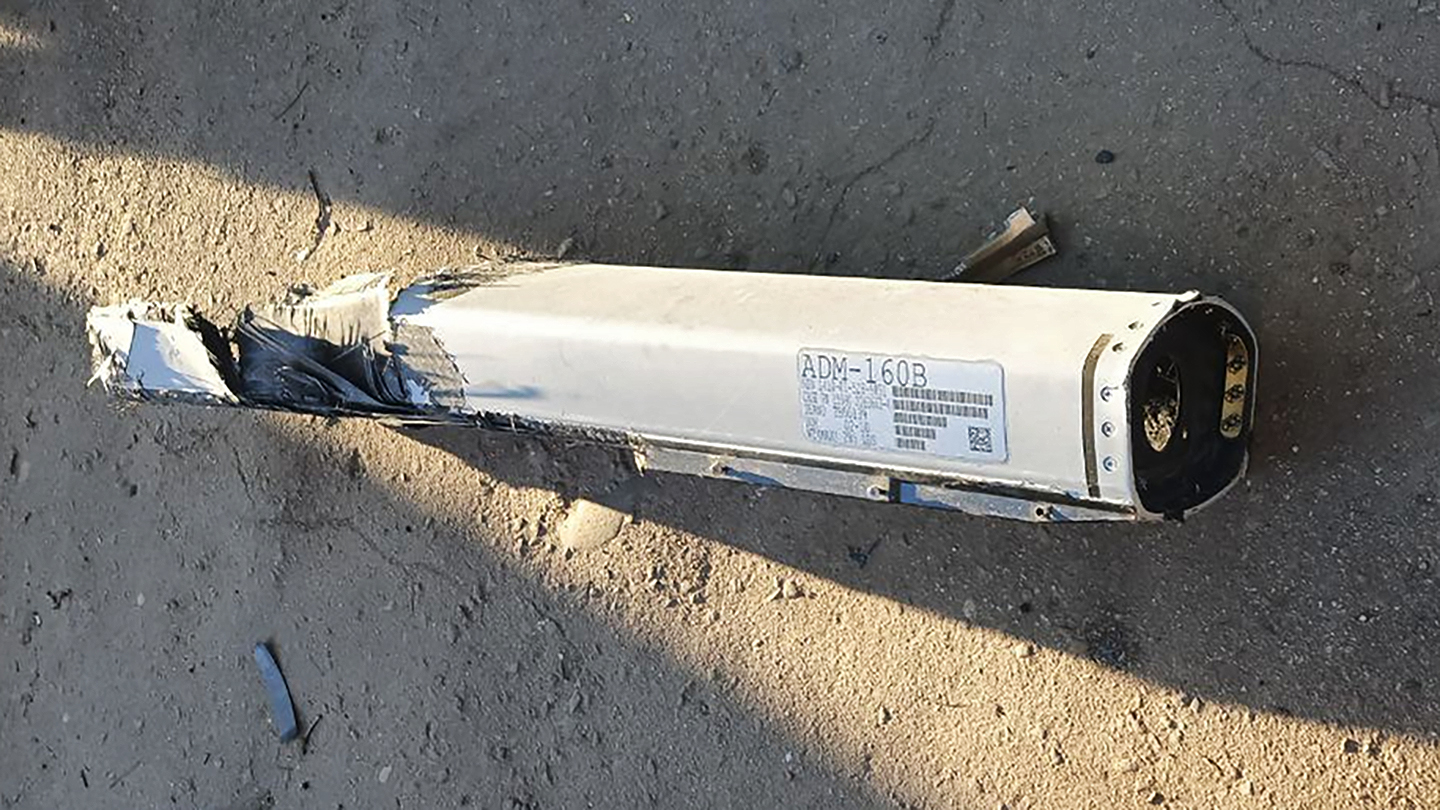
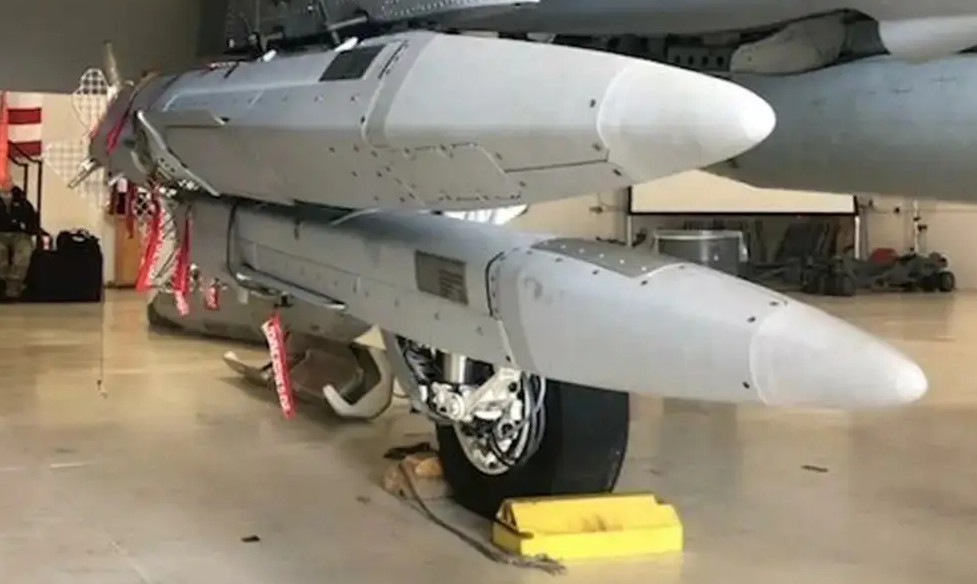
A large label on its side appears to identify it specifically as an older ADM-160B variant. This was the first version of the MALD to actually enter service following deliveries to the U.S. Air Force in 2009.
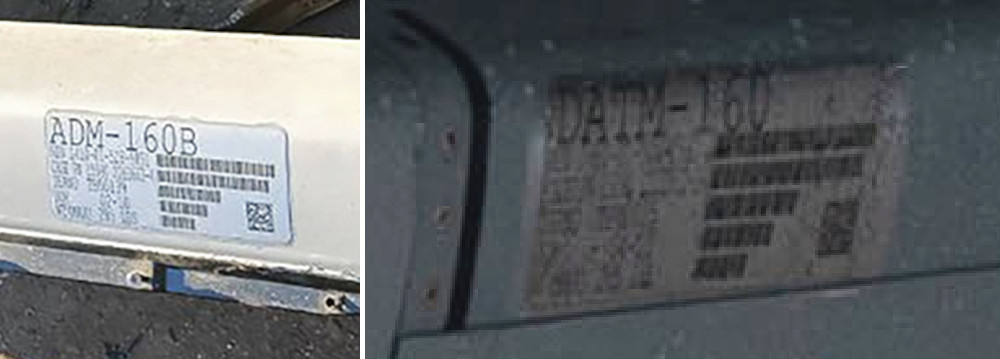
The B design, made by Raytheon, is substantially different from the initial A Model from Teledyne Ryan (later Northrop Grumman), the development of which had started in the late 1990s. The B is larger and heavier, and features a more powerful turbojet engine and greater range.
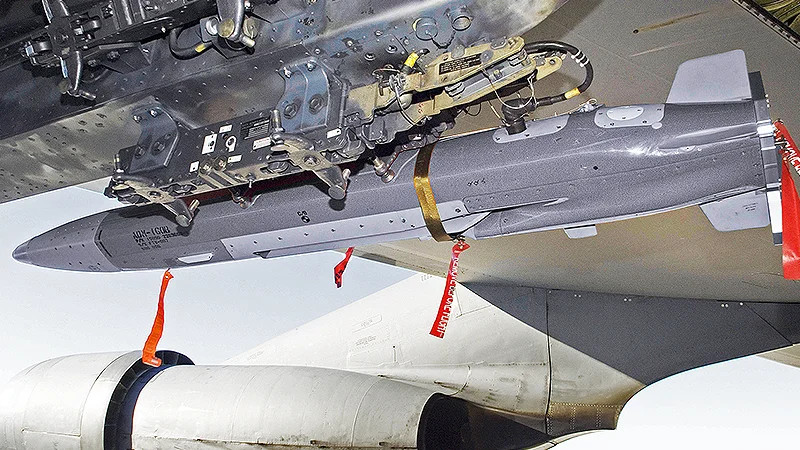
The ADM-160B has a stated maximum range of around 500 miles and reportedly has the capability to mimic the radar signatures of various different kinds of aircraft. It is designed to follow a preprogrammed route, which can include loitering over designated areas.
In 2012, the Air Force also began acquiring ADM-160C variants, also known as MALD-Jammers or MALD-Js, which added an active radar jamming capability. Further improved variants of the MALD, which the U.S. Navy has also been acquiring, have since been developed as you can read more about here.

At the time of writing, the U.S. government has not announced any deliveries of MALDs of any kind to Ukraine. Ukrainian officials do not appear to have confirmed this so far, either.
“We’ve seen those reports, but have nothing to offer on ADM-160Ms, specifically, at this time. Generally speaking, the security assistance we are providing to Ukraine is enabling critical success on the battlefield against the Russian invading force,” a Pentagon spokesperson told The War Zone in a statement in response to queries about any MALD deliveries to Ukraine. “For operational security considerations, we do not announce every item provided to Ukraine.”
It is worth noting that in December 2022 the Pentagon announced new aid for the Ukrainian armed forces that included what was only described at the time as a “counter air defense capability.” That U.S. military assistance package was also a so-called “drawdown,” meaning that all the items it contained would come straight from existing U.S. military stocks.
If the Ukrainian military has indeed begun receiving MALDs, this would not be the first time the Pentagon has transferred higher-end weapons and other equipment and not initially disclosed it. The sudden appearance of MALD wreckage would also fit the same general pattern of how it first emerged that the U.S. military was supplying its Ukrainian counterparts with AGM-88 High-speed Anti-Radiation Missiles (HARM) last year, which was eventually confirmed.

The transfer of ADM-160Bs rather than newer MALD variants would also align with prior transfers of older-generation missiles and other munitions from U.S. stocks to Ukraine. Sending older materiel, including items already phased out or being phased out of U.S. service, means lower impacts on the availability of key capabilities to the U.S. military itself and can help reduce potential operational security risks.
It is unclear how Ukraine might be employing ADM-160s. The decoys are, as their name indicates, intended to be air-launched. The work already done to integrate Western munitions like the AGM-88 and the Joint Direct Attack Munition-Extend Range (JDAM-ER) onto Ukraine’s Soviet-era combat jets could have helped pave the way for adding MALD to those aircrafts’ arsenals.
There is a possibility that some kind of ground-launched MALD configuration may have been developed for Ukraine, though this seems less likely to be the case.
Even older MALDs would still be of massive value to Ukraine’s armed forces given the substantial air defense capabilities the Russian military has brought to bear. This is especially so with regard to operations over eastern Ukraine, where many Russian surface-to-air missile systems can engage targets deep within territory Kyiv controls.
While MALD could be useful for clearing the way for strikes on targets inside Russia proper, that is highly unlikely. The U.S. government has consistently taken steps to ensure that American-made weapons are not employed in this way for fear of prompting a broader escalatory response from the Russian government. Even Storm Shadow will be limited to strike areas that are considered by most everyone but Russia to belong to Ukraine, including Crimea.
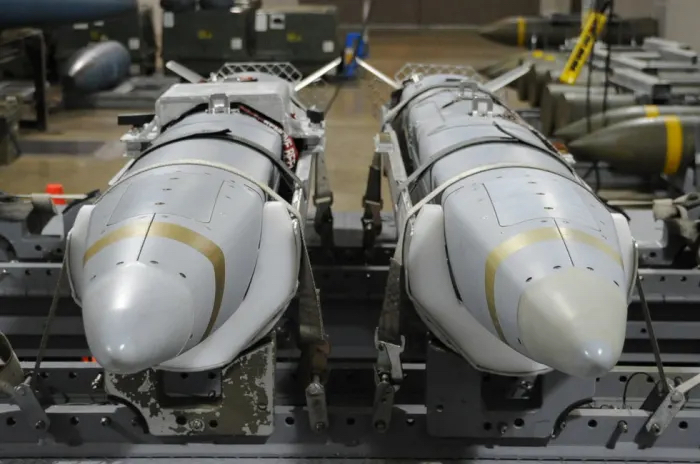
Though hard details remain limited about how ADM-160s may have been used in relation to today’s strike in Luhansk, or in any other instance in Ukraine to date, the decoys would pair well with various other capabilities Ukraine has or is set to receive.
MALDs, for instance, could significantly improve the survivability of higher-end stand-off strike munitions, such as Storm Shadow, which Ukrainian forces may already have in limited numbers. They would do so by giving Russian air defenses far more prominent, and in some cases even more threatening, targets to detect and try to engage than the low-flying and hard to detect Storm Shadow. This type of highly coordinated assault is exactly what MALD was designed for.
They could also help more directly with the destruction of Russian air defenses by stimulating them so that they can be geolocated. Subsequently, weapons like the AGM-88 HARM or even HIMARS-fired guided rockets and JDAM-ERs can be used to destroy them.
Russian forces have already been observed using various aerial decoys, including older cruise missiles with their warheads removed and balloons with radar reflectors, for the same kinds of reasons.
For Ukraine’s military, what the ADM-160 offers might be even more important now as the country gears up for a major offensive that will, by definition, take its forces deeper into Russian-controlled areas. There has already been a notable uptick in strikes on targets in Russian-occupied parts of southern and eastern Ukraine, and in Russia itself, in recent months. This all looks to be part of a coordinated effort to create more favorable conditions for Ukrainian forces. The use of MALDs also gobbles up valuable interceptors which take time and money to replace. They can even be used to provoke a response from certain air defense capabilities in order to try to deplete their stocks.
While these may be earlier-generation MALDs, they are still highly prized weapons that would be absolutely critical to successfully fighting a peer-state conflict in the Pacific, for instance. In the same way, any ADM-160B components the Russians might recover could still present operational security risks, especially if they are passed along to other potential adversaries like China.
The fact that any of them may have been transferred to Ukraine is a new potential indicator of just how aggressive the U.S. and its allies are getting when it comes to supplying Kyiv with high-end arms and their willingness to face the opportunity cost of transferring these weapons in the process.
Finally, if MALDs are being used, it shows how Ukraine is quickly learning to employ standoff munitions in complex, coordinated manners.
Altogether, while there has yet to be firm confirmation that Ukrainian forces now have ADM-160 MALDs, the evidence we have so far fits well with past examples of how similar capabilities have emerged publicly. No matter what, they would certainly fit with the country’s dire needs.
UPDATE 4:30 P.M. EST:
Another picture has now emerged, via Russian state media outlet RIA Novosti, showing what looks to be the pop-out wing section from an ADM-160.
Contact the author: joe@thedrive.com
